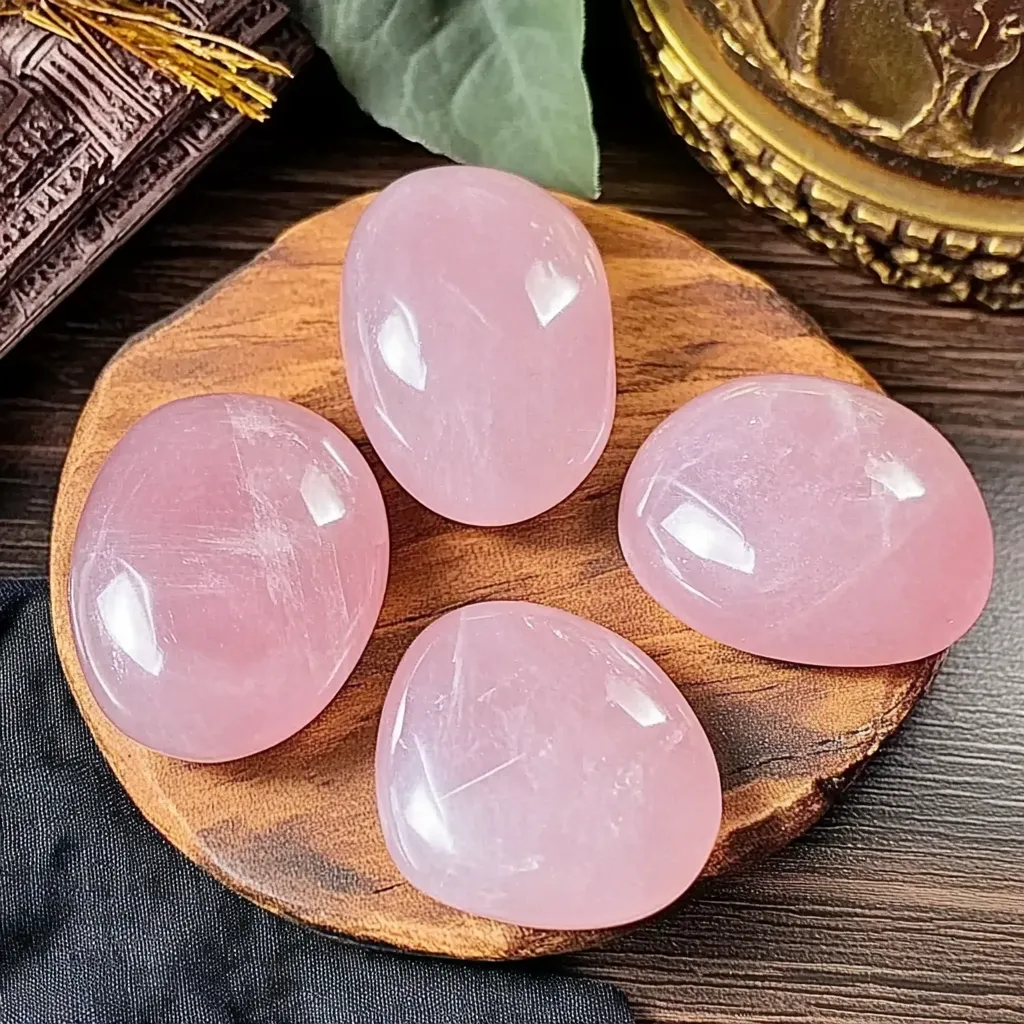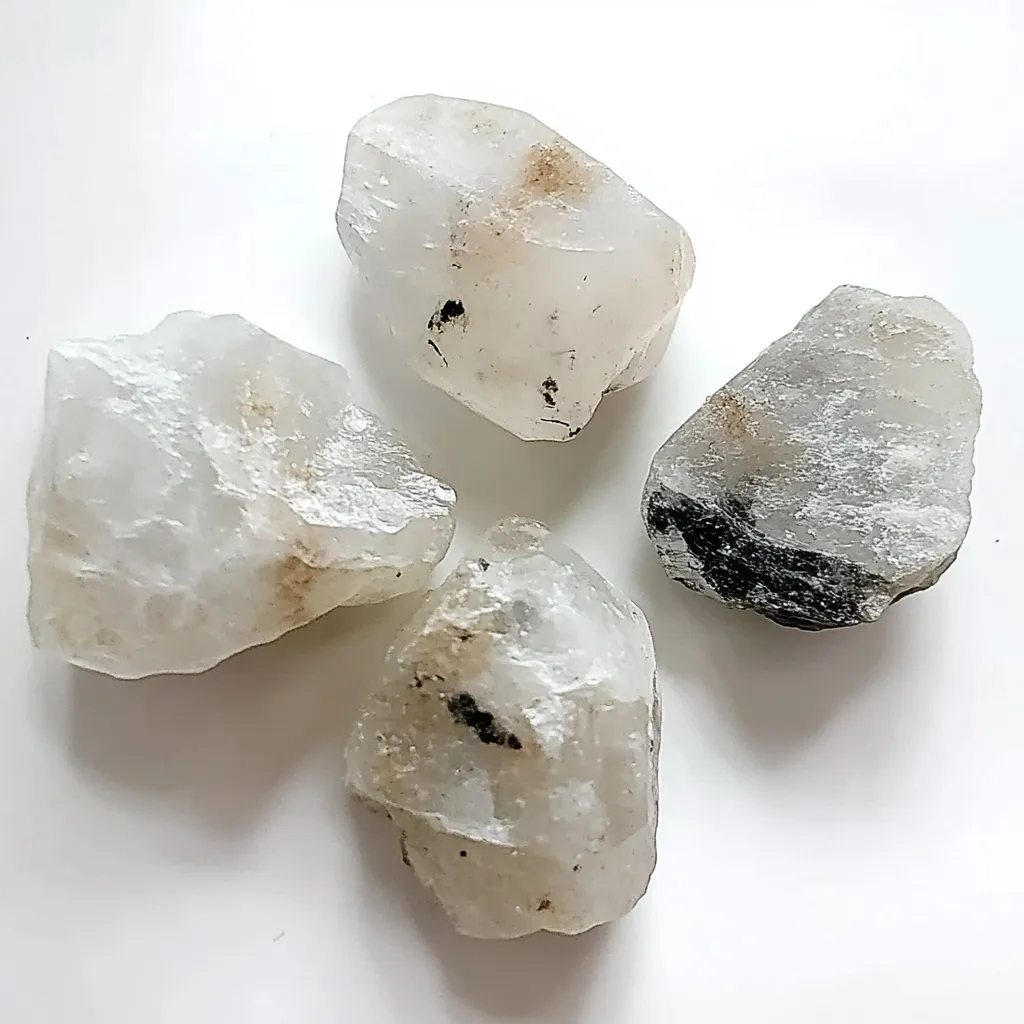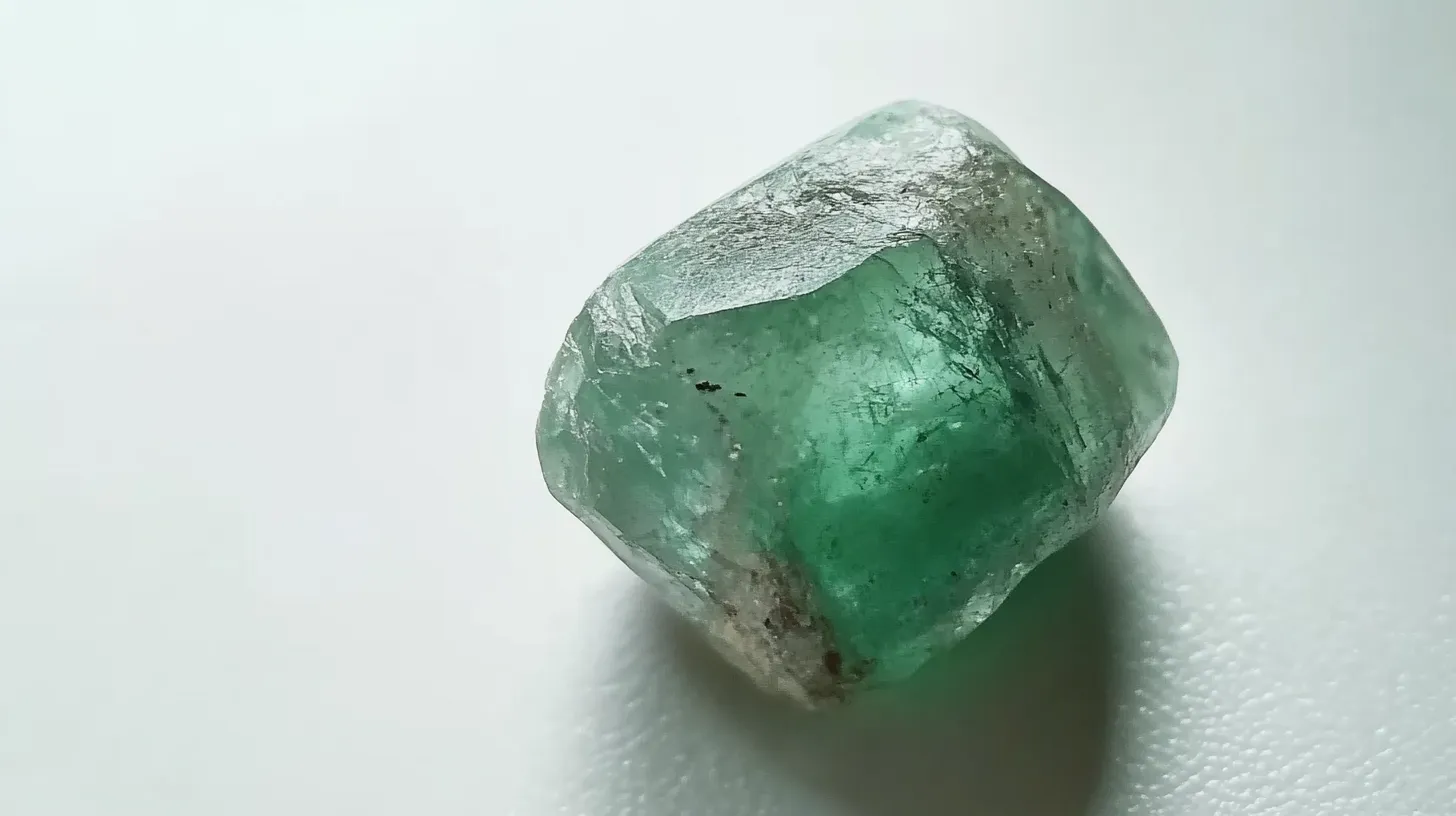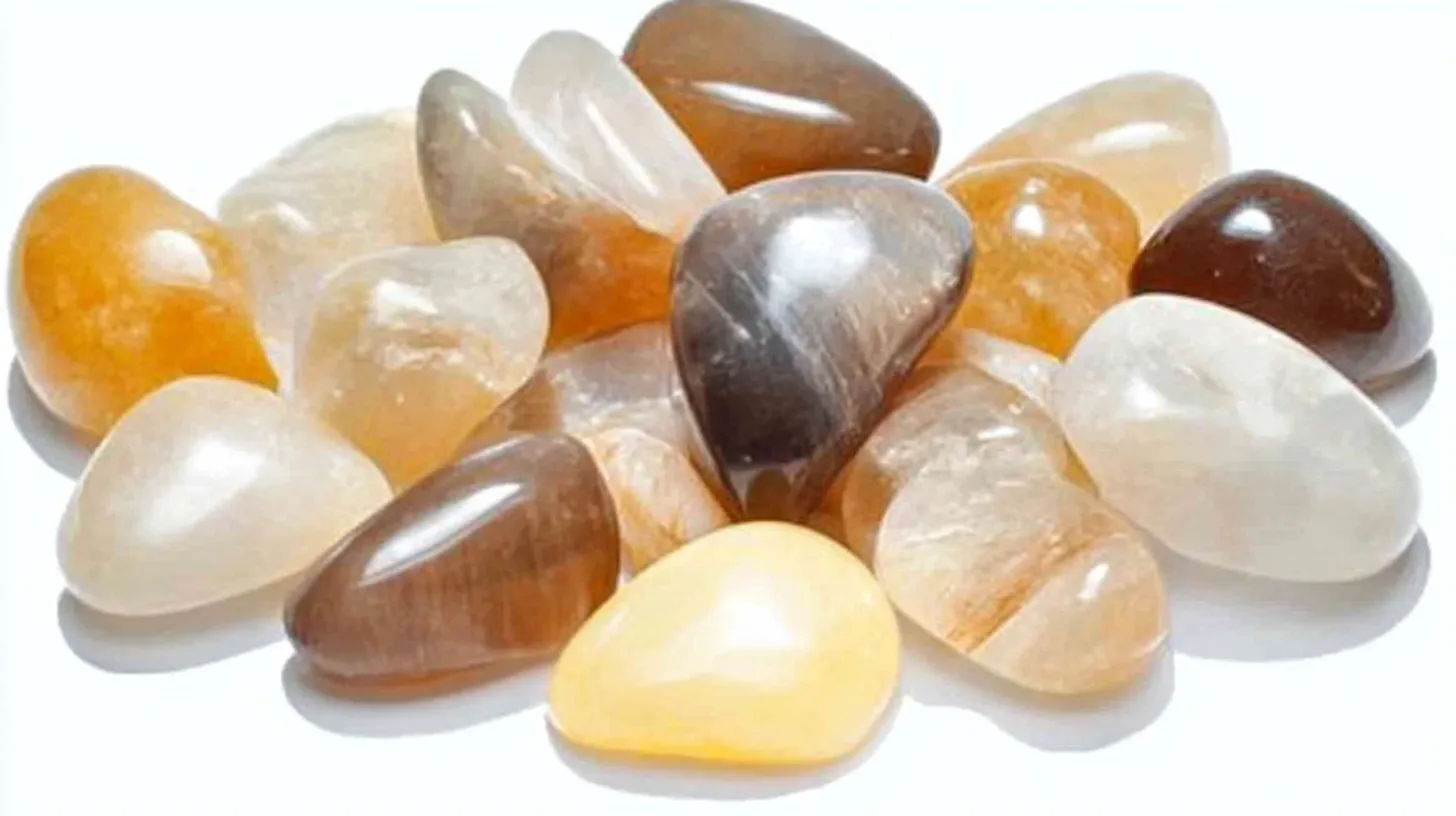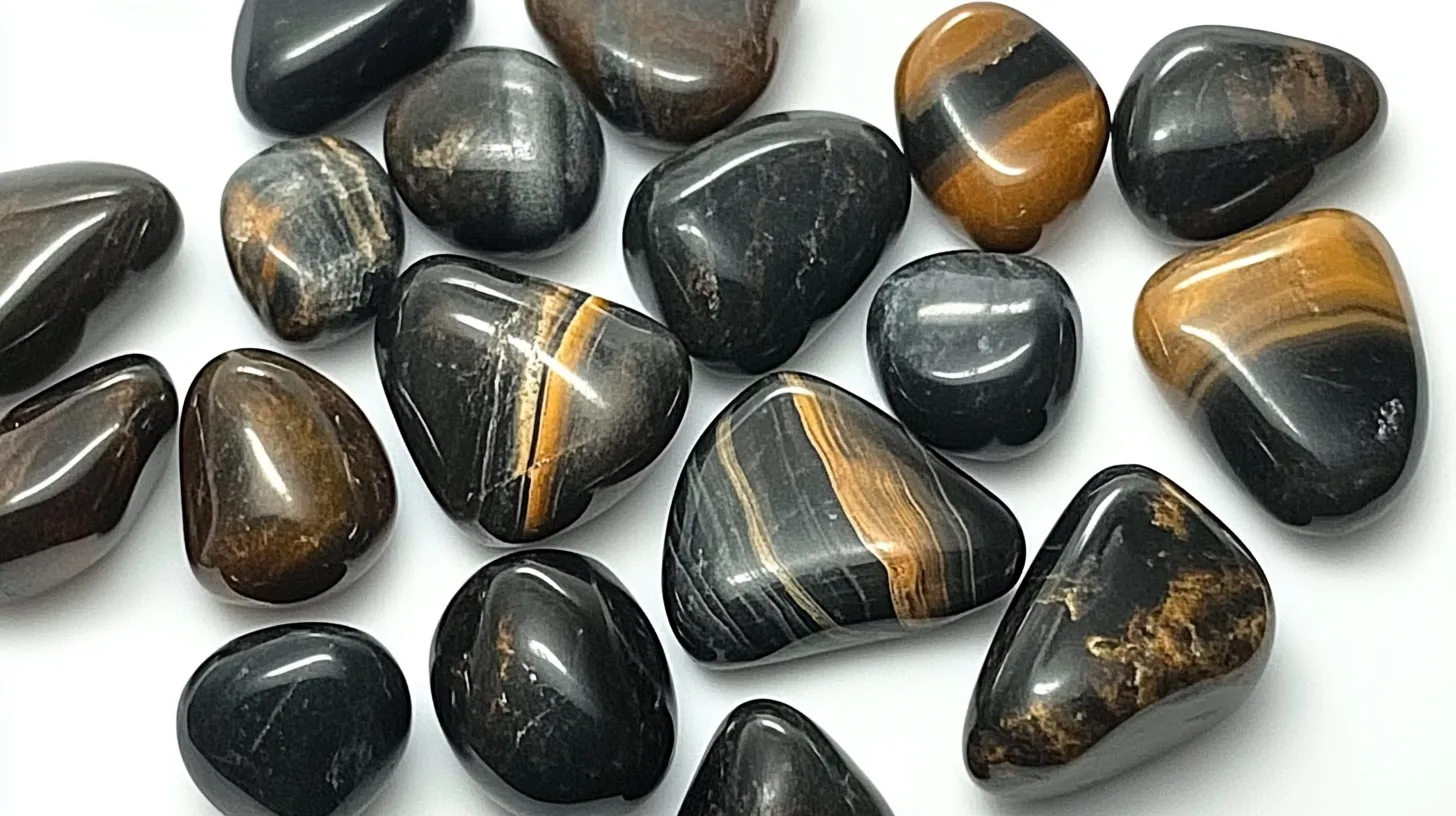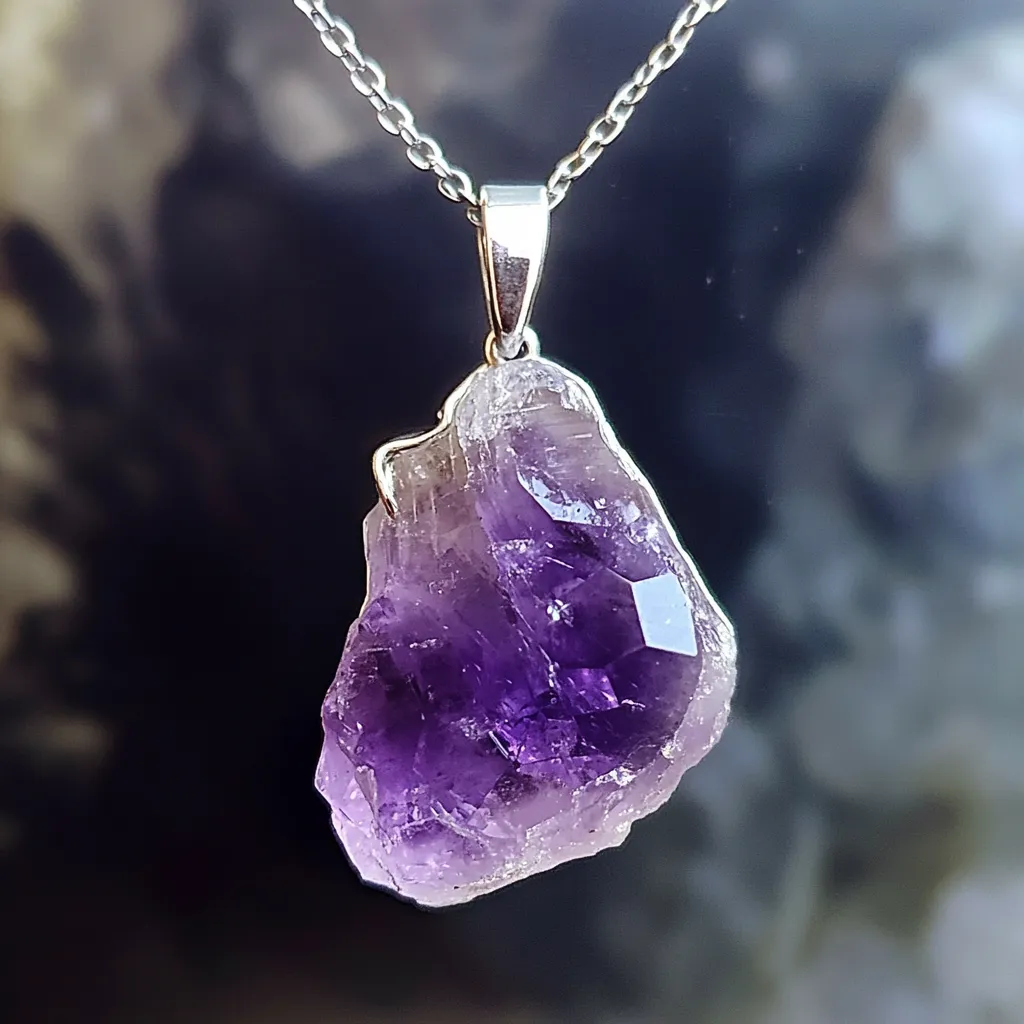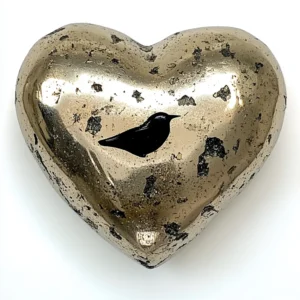

Scientific Properties of Pyrite Stone
Pyrite, also called Fool’s Gold, at first glance can really deceive. Its brassy, golden sheen mirrors gold so closely that many early miners were deceived. Chemically, however, pyrite is quite different from gold. It’s composed of iron sulphide (FeS₂) and belongs to the isometric crystal system, forming often in perfect cubic or pyritohedral shapes.
Table: Scientific Characteristics of Pyrite
| Property | Description |
|---|---|
| Chemical Composition | Iron Sulphide (FeS₂) |
| Crystal System | Isometric |
| Typical Crystal Shapes | Cubic, Pyritohedral |
| Hardness (Mohs Scale) | 6 to 6.5 |
| Luster | Metallic |
| Spark-Producing Ability | Yes, when struck |
| Special Use | Potential for solar cell applications |
What makes pyrite captivating isn’t just how it looks. On the Mohs scale of mineral hardness, which ranks items from 1 to 10, pyrite is up there at around 6 to 6.5, making it a relatively durable mineral. Its luster is metallic, and it reflects light in a strong, almost sizzling manner, under which it truly is fascinating. When light strikes pyrite at the perfect angle, it can create the illusion of flames within the mineral. And that’s not the only way that pyrite is related to fire; if you strike it hard enough, it can make sparks—hence its name from the Greek word for fire. Fire is in pyrite’s very nature.
Modern technology can also find a role for pyrite. Because of its semiconductor properties, researchers are exploring pyrite for use in low-cost solar cells. So, it’s more than just a pretty face.
Pyrite Stone Colours
Most individuals link pyrite with gold—and with good reason. Its golden-bronze hue is its hallmark. But did you know that pyrite can also show up in silvery, grayish, or even iridescent tones? Depending on where it forms and with what other minerals it mingles, pyrite can take on several discreet color shifts.
Table: Common Color Variations of Pyrite
| Color Type | Cause/Origin |
|---|---|
| Golden-bronze | Most common, due to iron content |
| Silvery-grey | Natural variation in crystal formation |
| Iridescent/rainbow | Surface oxidation, common in Peru and Spain |
Some specimens, for instance, show a visual effect caused by oxidation, which often occurs in pyrite from Peru or Spain and results in a tarnish that is reminiscent of a rainbow. These colorful surfaces are quite the opposite of the drab, metallic sheen one expects from pyrite. They’re also popular among collectors and crystal enthusiasts.
The polished pyrite beads and cabochons in jewelry reflect light with a unique, mirror-like quality. When set in silver or brass, the effect can be surprisingly luxurious for a stone once dismissed as “fool’s gold.”

Pyrite Stone Benefits for Spirituality
In terms of spirituality, pyrite is a power-packed stone for protection and instilling confidence. For centuries, people have carried pyrite as a protective good luck charm. People believe that pyrite reflects back negative energy, even more intense than what you would typically send back. A surface like this would make anyone smug—and its almost metallic shine would make it a good substitute for the Sun in a mask for someone needing to perform a “put on a brave face” ritual.
I have found pyrite to be useful in difficult conversations and when entering pressure-cooker situations. It seems to bring out a kind of inner strength, which I can only describe as mental armor. And many people believe that pyrite boosts willpower, motivation, and mental clarity—traits that are helpful to have during career shifts or when you are trying to set and achieve personal goals.
Is there another compelling perspective to consider? Pyrite is associated with the Solar Plexus Chakra, which is the centre of an individual’s power and ambition. This connection could potentially explain why Pyrite holds such significance for so many leaders and entrepreneurs.
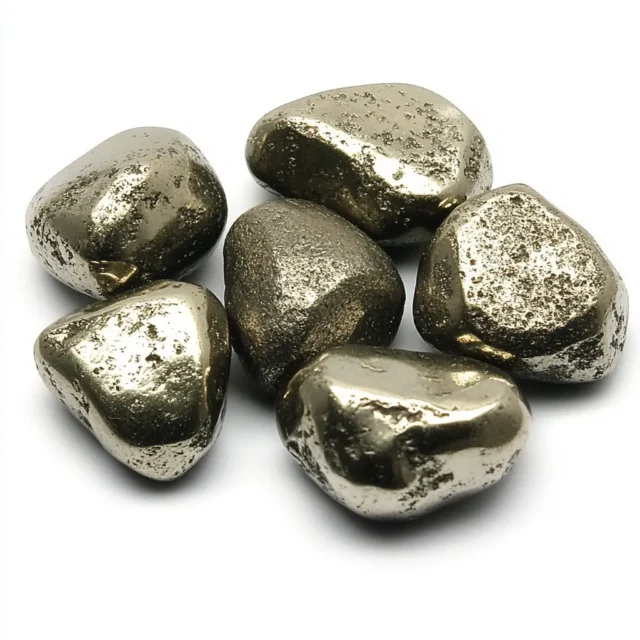
Meditation with Pyrite Stone
Ever considered holding pyrite while meditating? You might be surprised by how much this seemingly mundane mineral can angle your inner space towards the most basic and primal of pro-meditation directions. While some crystals radiate energies that might catalyze otherworldly experiences, pyrite might be said to amplify the kind of experience where you concentrate on your breath and feel your body as it is in this moment.
Here’s typically how I go about it: I sit in comfort, hold a stone of pyrite in my right hand, and concentrate on the heft and feel of it. I picture it as forming a protective sphere around me, a sort of golden shield. After ten minutes of this, I often feel clearer, stronger, and more ready to embrace the day.
Pyrite can be incorporated into the meditation practices of individuals who are working on self-discipline or personal growth.
help reinforce intentions. It is like a coach in crystal form, steady, bold, and impossible to ignore.
Using Pyrite might give one the illusion of working hard with not that much effort. It might make one feel as if they are somehow faking the conditions needed for success—a kind of placebo. Despite these concerns, using it can still be beneficial. To ignore the potential feelings of inadequacy and to falsely bolster oneself is to acknowledge aspects of discipline, success, and working hard that are often ignored in our current infatuation with productivity.

Pyrite Stone and Feng Shui
Known as “Fool’s Gold,” pyrite is much more than a captivating mineral. In Feng Shui, it is a powerful energy conductor. Its metallic luster and warm, golden hue imbue spaces with wealth, abundance, and protective energy. In traditional Feng Shui, jet is associated with the earth element. Earth energy is grounding; it brings warmth and stability, which creates a protective cocoon around the inhabitants of a space.
Placement Tips and Effects in Feng Shui
| Placement Area | Feng Shui Effect |
|---|---|
| Front Entrance | Attracts opportunities, blocks negative energy |
| Wealth Corner (Southeast) | Stimulates financial flow, promotes steady growth |
| Near Workspace | Enhances creativity and productivity |
Based on my personal experience, putting pyrite near the front entrance subtly shifts the energy of the space. It is believed to welcome opportunities and block negativity. Some practitioners of Feng Shui also recommend putting it in the wealth corner (south-east area of a room) to stimulate financial flow. Pyrite doesn’t promise overnight riches, but its stable energy may help you build consistency—an underrated path to prosperity.
Pyrite Stone and Zodiac
Is pyrite suitable for your zodiac sign? Interestingly, this stone resonates most strongly with Leo and Aries. These fiery personalities thrive with pyrite’s bold energy, which boosts their natural confidence and drive. Leos, in particular, may find that pyrite amplifies leadership skills and enhances charisma.
However, that does not mean that other signs should shy away from this. Earth signs like Taurus and Virgo tend to very much appreciate the grounding nature of pyrite; it helps them balance their emotional overthinking with the practical clarity that is the hallmark of their sign. I am a Virgo, and pyrite has never been far from me in my nearly twenty years of being a practitioner, for I have always found it to be very clarifying in its energy.

Place to Put Pyrite Stone
Placement of pyrite is all-important. Just like a mirror, where you put it and how you set it to reflect will magnify your intentions. Here are common places:
| Location | Symbolic Function |
|---|---|
| Workspace, Desk, Table | Encourages creative energy and mental clarity |
| Front of House | Protects home from negative influences |
| Cashier or Money Box | Symbolizes wealth attraction and financial intention |
Do not position pyrite in a moist environment, such as a bathroom. This stone can, over time, when damp, oxidize. Instead, think about placing it in a completely dry area and consider complementing it with either citrine or green aventurine for even greater prosperity intentions.
A friend confided in me once that she had a chunk of pyrite sitting on her laptop. While I can’t say it suddenly swelled her bank account, that week she did land a big client. Coincidence? Maybe. But putting together action and intention seems to be the real charm of pyrite.

Guide to Cleanse Pyrite Stone
Pyrite takes special handling when it comes to cleansing. Unlike most crystals, immersing pyrite in water could lead to rust due to its high iron content. So, if you are fortunate enough to work with pyrite, here are some safe and effective alternatives for cleansing your crystal:
Use sound.
Cleanse with sage or another plant-based material.
Cleansing with smoke: Utilize sage, palo santo, or incense.
Moonlight: Allow it to sit beneath a full moon overnight.
Selenite plate: For a few hours, place pyrite on top of selenite to clear it of any energy it has absorbed.
How frequently should you wash it? I suggest washing it once a month or after any intense emotional period. If you’ve experienced a challenging week or had some intense talks close to your crystal, it is a good time to deep clean its energy and bathe it in sunlight.
Several individuals prefer to establish intentions during the process of cleansing. Merely grasping the pyrite and uttering some incantations—such as “I embrace magnificence and clarity”—can serve to realign your energy vibration with that of this natural substance.

Questions and Answers
More Facts About Pyrite
Pyrite vs. Gold
At first glance, pyrite and gold might seem to look the same—both shine with a golden luster. But the contrast between them is striking. Gold is soft, malleable, and heavy. Pyrite, on the other hand, is brittle and much lighter. A simple scratch test or weight comparison reveals the truth. Mica has a similar look to gold and silver, but it’s not worth much. Nature’s clever disguises should not deceive you!
Comparison Table: Pyrite vs. Gold
| Property | Pyrite | Gold |
|---|---|---|
| Color | Brassy yellow | Metallic yellow |
| Hardness | 6–6.5 (Mohs scale) | 2.5–3 (Mohs scale) |
| Density | 5 g/cm³ | 19.3 g/cm³ |
| Malleability | Brittle | Very malleable |
| Chemical Formula | FeS₂ | Au |
Fool’s Gold Iron Pyrite
Famously nicknamed “fool’s gold,” iron pyrite has many thinking they struck it rich. Its brassy color and metallic luster closely mimic those of real gold, but, as many have found out, pyrite lacks the true value of gold. The deceptive nature of this mineral serves as a reminder of the importance of thoroughly testing unknown minerals before making any assumptions about their identities and values.
Pyrite Price
Pyrite’s price is dependent on its form and quality. Even though it may not reach gold-like valuations, some high-quality specimens of uncut, raw pyrite or cluster pyrite may command a fair price, especially among collectors and those who appreciate the rock and crystal aesthetic. Indeed, people typically value pyrite more for its aesthetic appeal and purported metaphysical properties than for its actual monetary value.
Pyrite Price Estimate Table
| Form of Pyrite | Estimated Price Range |
|---|---|
| Raw/Uncut Cluster | $5 – $50 per piece |
| Pyrite with Fossils | $30 – $100+ per piece |
| Tumbled or Polished | $3 – $15 per piece |
| Collector Specimens | $50 – $500+ depending size |
Gold vs. Iron Pyrite
Both may appear with a bright golden sheen, but in terms of solid value, gold reigns unrivalled, and for good reason. It doesn’t degrade over time, so it’s ideal for investing and for wearing as jewelry; a ring of nearly pure gold found in a tomb under 5,000 years old is still practically as shiny and wearable as it was when first clasped around some long-ago king or queen’s finger.
Iron Pyrite Ammonite
Fossils of ammonites found within iron pyrite are the stunning remains of ancient life transformed by time and chemical processes. Pyrite, on the rare occasion that it forms in the presence of organic material, replaces the organic material within the ammonite. Iron-pyrite ammonite fossils are thus not only remarkable for their beauty, which derives from the almost direct preservation of the ammonite’s organic form, but also for their rareness, as they apparently comprise the only examples of fossils preserved by pyrite.
Pyrite Mica
Sometimes, people confuse pyrite with mica because of their shiny look, but they are fundamentally dissimilar minerals. Mica cleaves easily and has a glassy luster, while pyrite forms cubic or pyritohedral crystals with a metallic sheen. Each offers its own twinkly charm in the world of geology and the healing powers of crystals.
Raw Pyrite Stone
Bold and stunning, raw pyrite is one of nature’s most powerful minerals. It often takes the form of sharp cubes or clusters with mirror-like surfaces, and many crystal users love pyrite for its grounding energy and abundance-attracting properties. It adds a strong, earthy presence to any crystal collection.
Pyrite Oxidation
When pyrite is exposed to air and moisture, it is known to oxidize, forming not just iron oxides but also sulfuric acid, a process we term pyrite decay. This can do more than just dull the beautiful, bright metallic luster of pyrite; it can also—if it’s sufficiently active—cause damage to nearby materials that might otherwise be called a cohort to the pyrite.
Chemical Formula of Pyrite
The pyrite chemical formula, FeS₂, shows that the mineral contains iron and sulfur. This means that pyrite is classified as an iron sulfide. Its beauty, along with that of other sulfide minerals, stems from the ordering of atoms in its structure. The simplest of pyrite’s three common forms, called the cubic form, has luster and a shape that any crystal enthusiast would admire.

